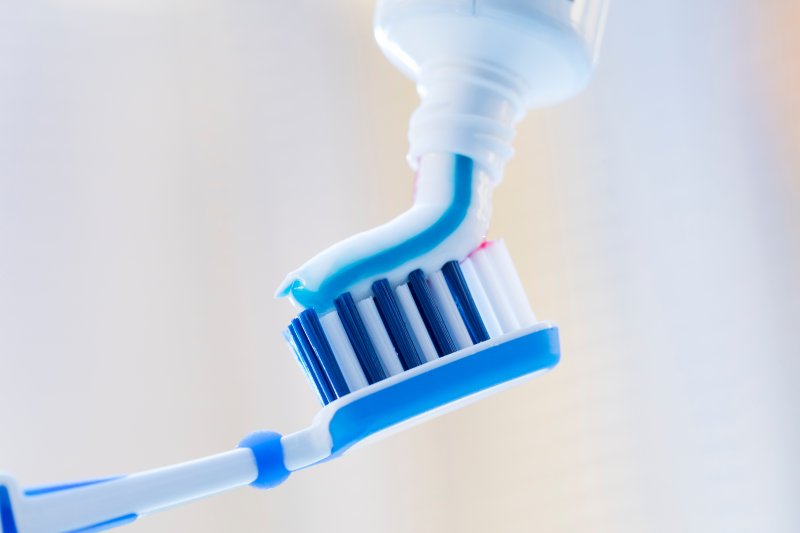
At first glance, you might think all toothbrushes are alike. In reality, there are all kinds of important differences in brush design that can make each one either more or less suited to taking care of your smile. Your dentist in Kansas City can help you figure out what kind of toothbrush is the best choice for you; to help you get started, here are 6 important factors that you should keep in mind.
1. Electric VS Manual
One of the more obvious differences between toothbrushes is that some are electric-powered while others are not. Manual toothbrushes can be just as effective at cleaning the teeth as electric ones, but an electric brush might be easier to use if you have limited dexterity. If you’re not sure which one to pick, ask your dentist.
2. Head Size
Toothbrush heads can come in a variety of sizes. Most of the time, you’ll want a small-headed brush that’s half an inch wide and one inch tall. This type of head makes it easier to reach the parts near the back of your mouth that can be tricky to clean.
3. Head Shape
Toothbrush heads can come in many different shapes, including rectangular, round, oval, and diamond. Generally speaking, dentists recommend brushes with a rounder shape. That way, it’ll be easier to angle the brush the way you need to in order to clean every nook and cranny of your smile.
4. Bristle Design
Some toothbrushes have bristles that are all the same size. However, nowadays more and more manufacturers are making their toothbrush heads so that they have different-sized bristles. Varying bristle sizes make it easier to get into the deeper gaps between your teeth, allowing for a more thorough cleaning.
5. Bristle Firmness
Some people believe that a toothbrush should have hard bristles, thinking that it makes it better at cleaning. However, hard bristles can be very abrasive and could potentially damage your teeth and gums. Meanwhile, soft bristles are just as effective at removing plaque and food particles, and they won’t cause any undue dental damage. As such, it’s always best to choose soft bristles whenever you have the option.
6. Handle Grip
Having a toothbrush that you can hold comfortably for a full two-minute brushing session is a must. When choosing a new toothbrush, take the time to see how it feels in your hand. The best kind of grip will vary from patient to patient, so go ahead and simply choose one that feels right to you.
Your teeth are supposed to last the rest of your life, so picking the right tool to take care of them is of the utmost importance. Be sure to take your time when considering what toothbrush to get, and talk to your dentist if there’s anything you’re unsure of.
About the Author
Dr. Michael C. Byars graduated from the University of Missouri – Kansas City with his Doctor of Dental Surgery. Today, he continues to expand his dental expertise with continuing education courses; he firmly believes that constant learning is a professional responsibility for every dentist. If you have questions about your toothbrush or want to schedule an appointment with Dr. Byars in Kansas City, visit his website or call (816) 781-8222.

